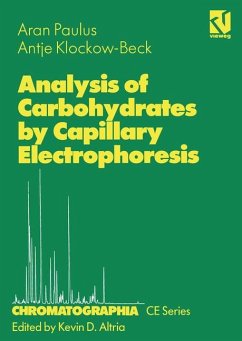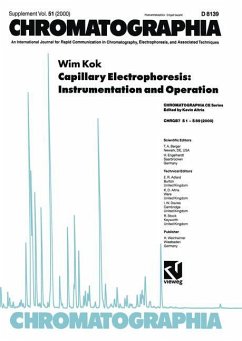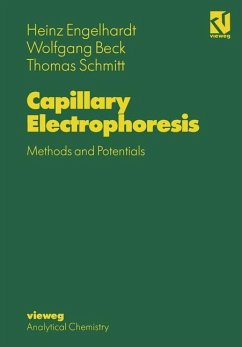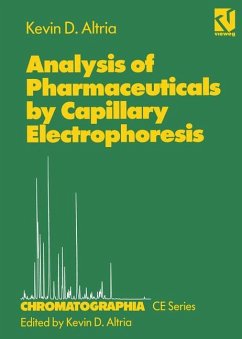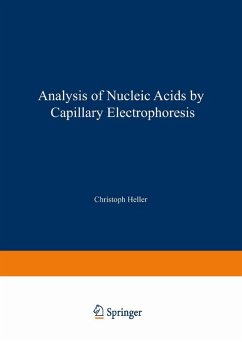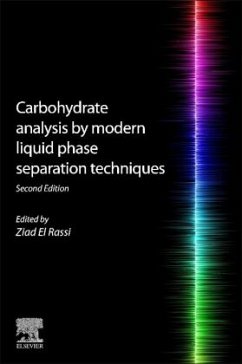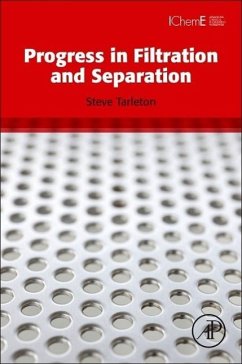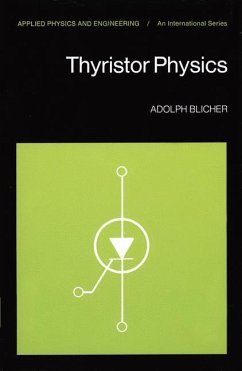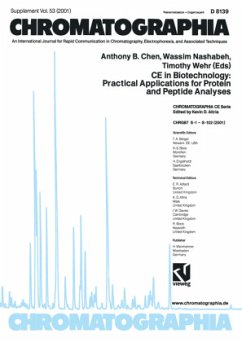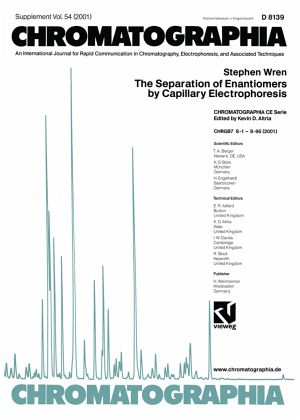
The Separation of Enantiomers by Capillary Electrophoresis

PAYBACK Punkte
19 °P sammeln!
This book gives a comprehensive overview on the principles of physical and mathematical modelling of enantiomer separation by CE. Method development strategies are shown and cyclodextrins as a popular group of chiral selectors as well as some other selectors used as buffer additives for enantiomer separation in free solution are described.



